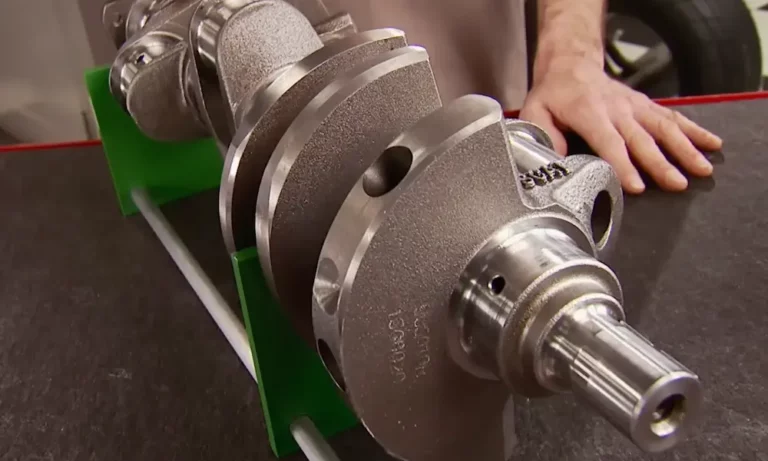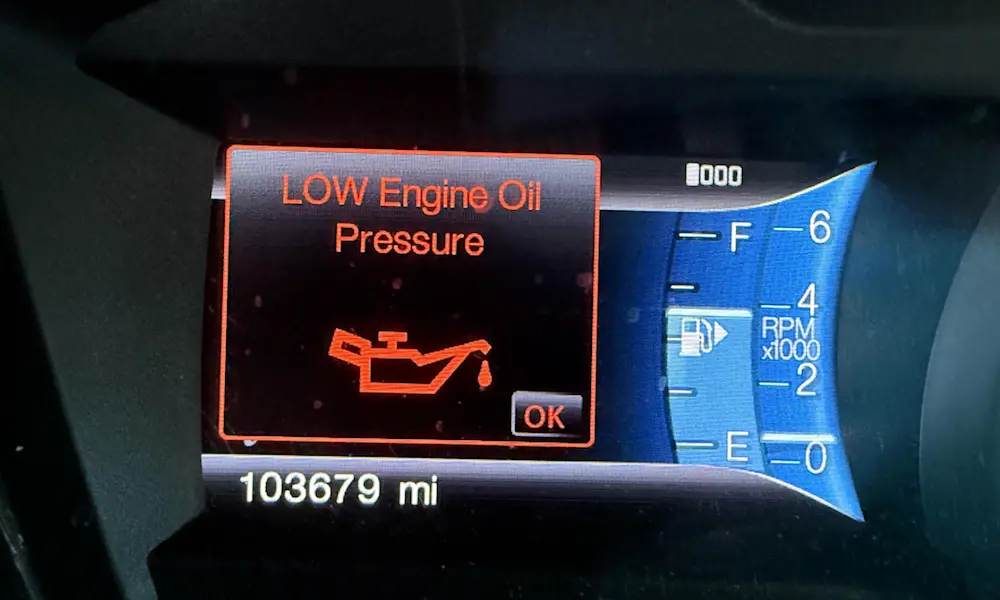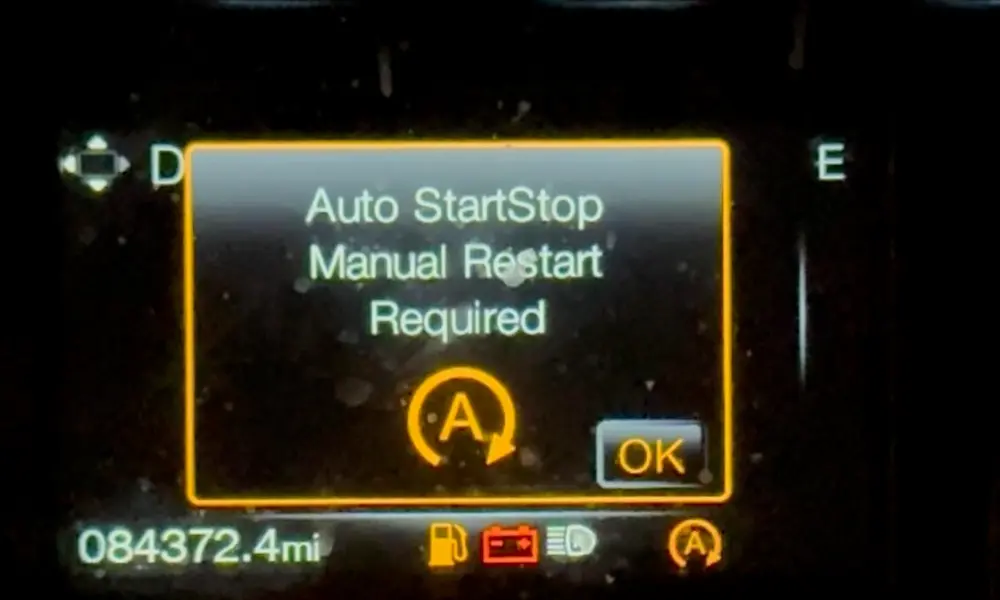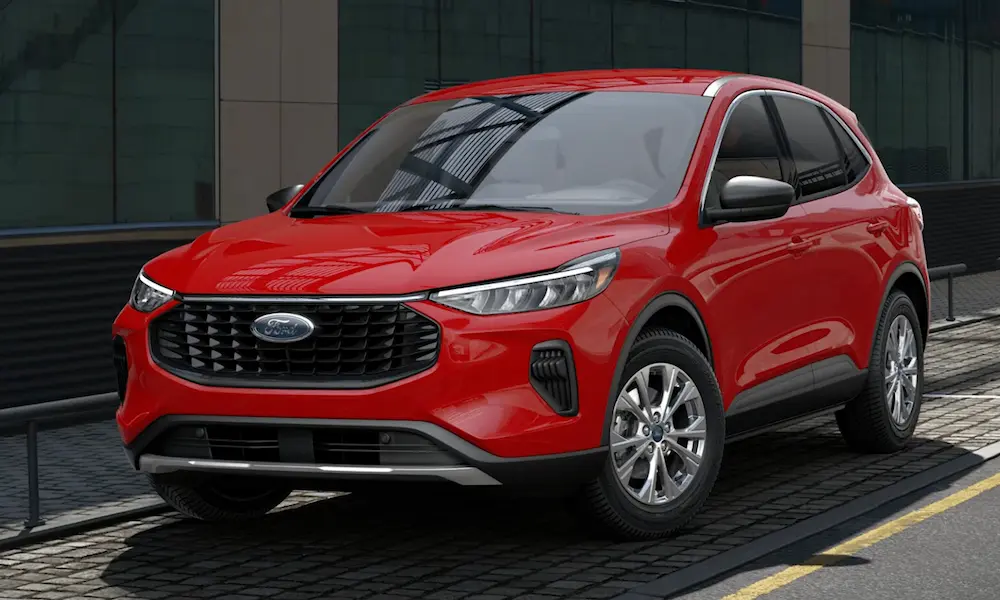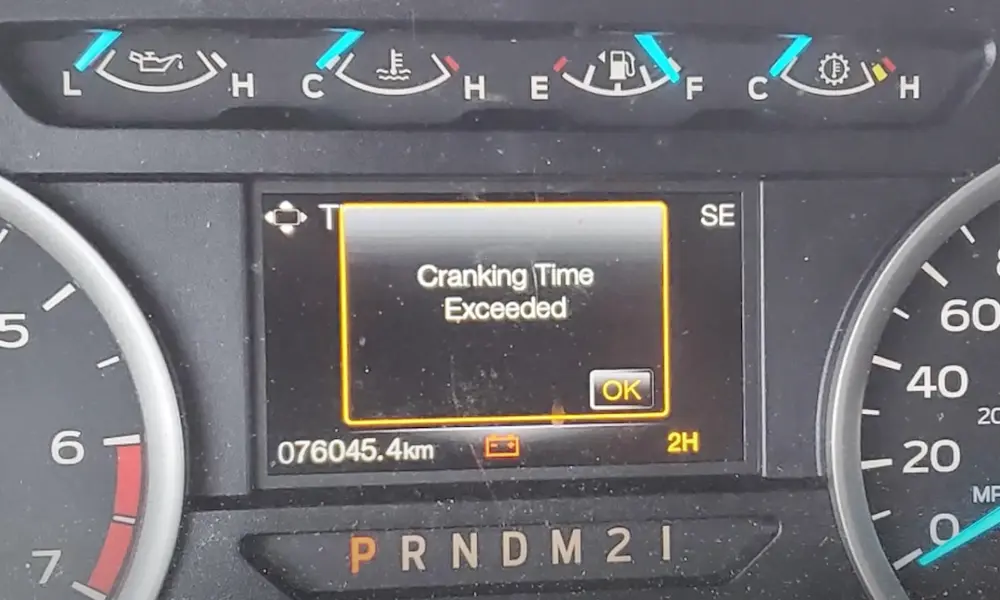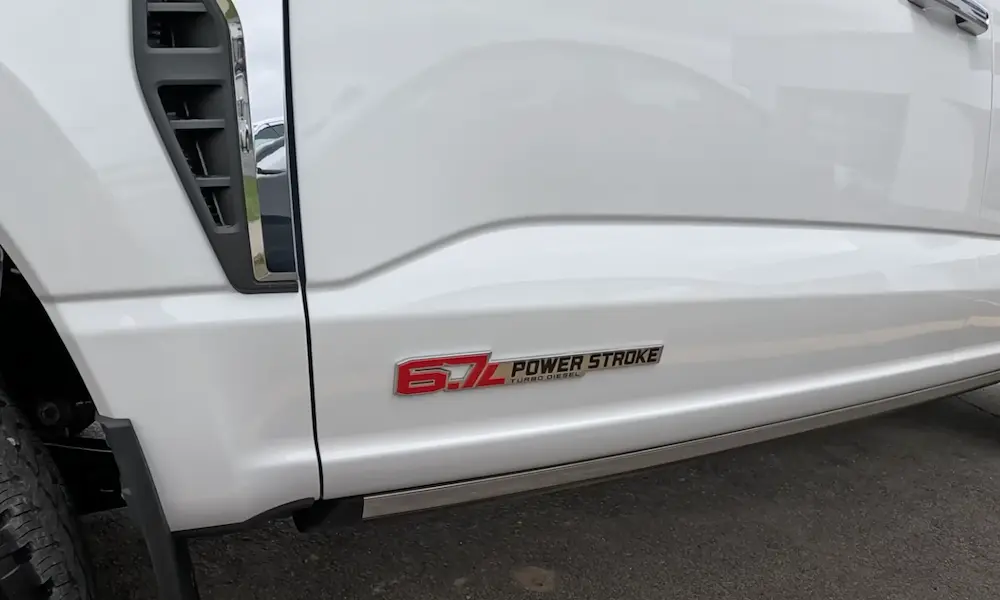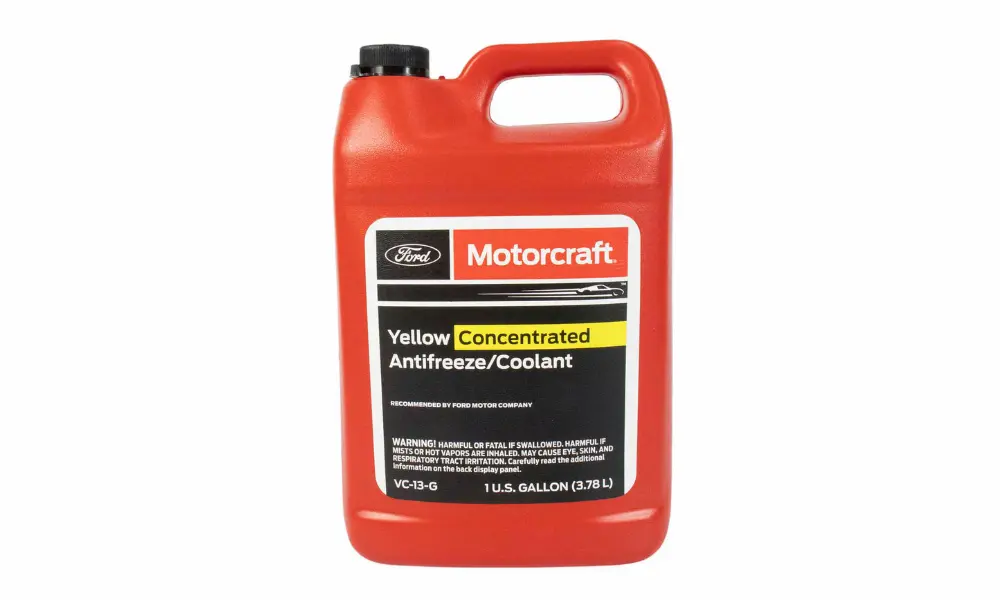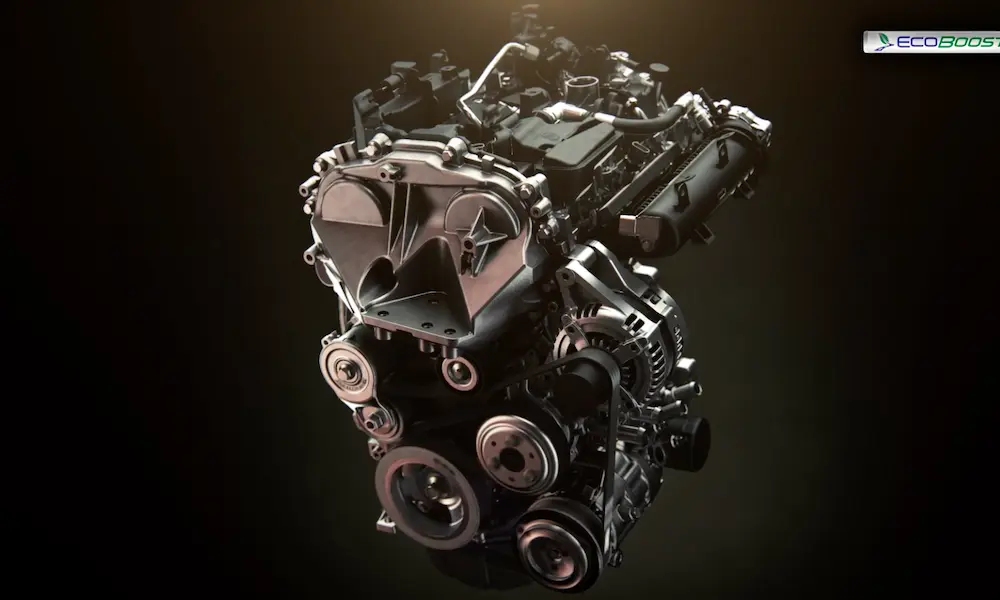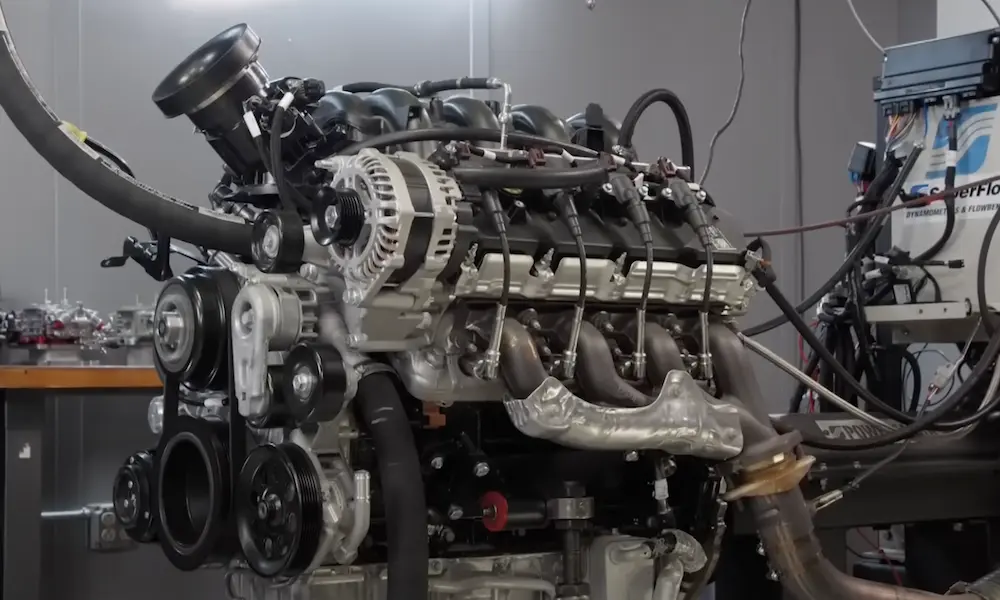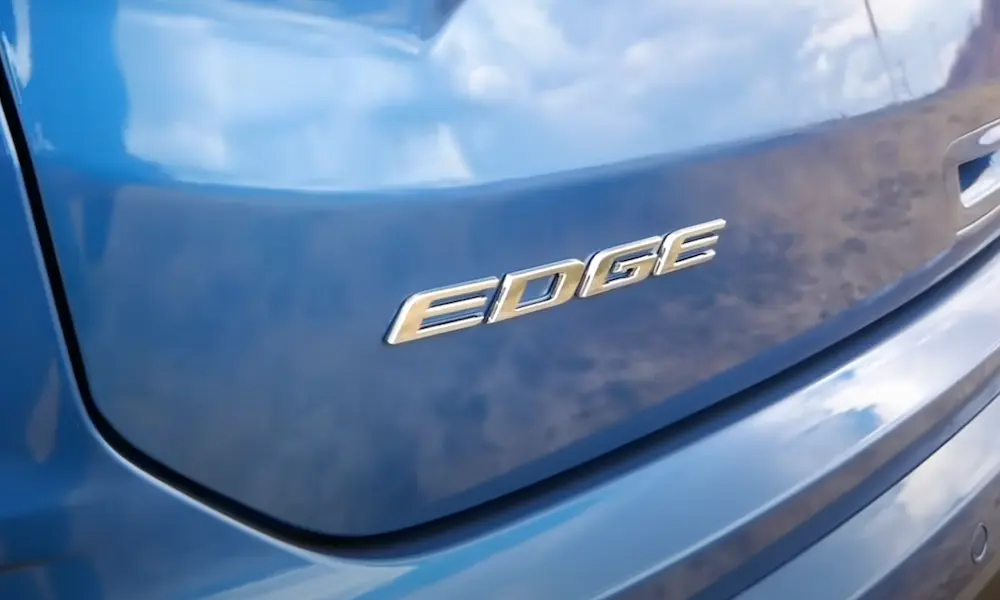Looking for the real dirt on one of Ford’s most versatile V8 engines? The Ford 390 might not have the same cultural fame as Chevy’s 409, but this powerplant was actually the more muscular contender in the 1960s horsepower wars. Whether you’re restoring a classic, considering an engine swap, or just appreciating automotive history, understanding the 390’s capabilities will help you appreciate why this engine continues to command respect today.
What Is the Ford 390 Engine?
The Ford 390 is a 390 cubic inch (6.4L) V8 engine from Ford’s FE (Ford-Edsel) series produced between 1961 and 1971. This overhead valve V8 served as Ford’s versatile performer, powering everything from family sedans to muscle cars during the peak of America’s horsepower golden age.
With a 4.05-inch bore and 3.78-inch stroke, the 390 struck an excellent balance between low-end torque and high-RPM power. It featured a standard 90-degree V8 configuration with iron block and head construction, making it incredibly durable while maintaining reasonable weight for its size.
The engine wasn’t just powerful—it was adaptable. Ford installed 390s in Thunderbirds, Galaxies, Fairlanes, Mustangs, and even pickup trucks, demonstrating its remarkable versatility.
Ford 390 Engine Specifications
Understanding the 390’s technical specifications helps explain why this engine became such a cornerstone of Ford’s performance lineup during the 1960s.
Basic Dimensions and Design
| Specification | Measurement |
|---|---|
| Displacement | 390 cubic inches (6.4L) |
| Bore | 4.05 inches (102.9mm) |
| Stroke | 3.78 inches (96.1mm) |
| Bore Spacing | 4.63 inches |
| Configuration | 90° V8 |
| Block/Heads | Cast iron |
| Valve Arrangement | Overhead valve (OHV) |
| Valves | 16 total (2 per cylinder) |
| Firing Order | 1-5-4-2-6-3-7-8 |
The 390 utilized hydraulic valve lifters across all variants, which simplified maintenance while providing reliable operation. This design choice reflected Ford’s understanding that even performance engines needed to be practical for everyday use.
Performance Specifications
What made the 390 special was its range of power outputs depending on configuration. Ford offered multiple versions to suit different vehicle applications:
| Years | Carburetion | Horsepower | Torque | Compression |
|---|---|---|---|---|
| 1961-1962 | Tri-Power (3x2bbl) | 401hp @ 6000rpm | 430lb-ft @ 3500rpm | 10.6:1 |
| 1961-1962 | 4-barrel | 375hp @ 6000rpm | 427lb-ft @ 2600rpm | 10.5:1 |
| 1961-1965 | 4-barrel | 330hp @ 5000rpm | 427lb-ft @ 3200rpm | 10.0:1 |
| 1961-1965 | 4-barrel base | 300hp @ 4600rpm | 427lb-ft @ 2800rpm | 9.6:1 |
| 1966-1968 | 4-barrel | 315hp @ 4600rpm | 427lb-ft @ 2800rpm | 10.5:1 |
| 1966-1969 | 2-barrel | 265-275hp @ 4400rpm | 401lb-ft @ 2600rpm | 9.5:1 |
The most powerful factory 390 was the legendary “Tri-Power” setup with three 2-barrel carburetors, producing an impressive 401 horsepower. This configuration came during the early years (1961-1962) when Ford was aggressively competing against Chevrolet’s 409.
Ford 390 Performance Variants
The 390 wasn’t just one engine—it was a family of engines with distinct personalities depending on their intended use.
Thunderbird Special 390
The “Thunderbird Special” designation marked premium versions of the 390 with enhanced components. The 1966-1967 Thunderbird Special used a 4-barrel carburetor to produce 315 horsepower at 4600rpm with 427lb-ft of torque at 2800rpm. These engines featured:
- Higher quality components
- Premium gasket materials
- Enhanced oil circulation systems
- Smoother porting for improved efficiency
Ford marketed these as premium powerplants worthy of their flagship Thunderbird, emphasizing both performance and refinement.
GT and High-Performance Variants
For performance applications, Ford created specialized 390 versions. The Fairlane GT and GT/A models received an upgraded 390 featuring:
- Modified camshaft profiles
- Redesigned valve springs
- Special carburetor tuning
- Custom distributor curves
- Higher compression ratios (typically 10.5:1)
These enhancements boosted output to 335 horsepower, making the Fairlane GT a serious performance machine. Similarly, the 1967 Mustang and other GT models received 320 horsepower versions with high-performance camshafts and larger carburetors.
Police Interceptor Models
Ford also produced specialized 390 engines for police applications. These “Police Interceptor” variants emphasized durability and consistent performance under harsh conditions. They featured:
- Heavy-duty internal components
- Enhanced cooling systems
- Special carburetion for pursuit driving
- Modified oil systems for sustained high-speed operation
These engines delivered slightly lower peak horsepower than the GT versions but were designed to maintain performance during extended high-speed operation.
Technical Improvements Throughout Production
The 390 wasn’t static during its production run. Ford continuously refined the engine to improve performance, reliability, and efficiency.
1966 Updates
The 1966 model year brought significant upgrades to the 390 platform:
- New oil sump with improved circulation and cooling
- Redesigned cylinder heads optimized for premium fuel
- New intake manifold with smoother porting
- Recalibrated valve springs with greater fatigue resistance
- Full-flow fuel filtration system
- Extended-service oil filtration system (6,000-mile intervals)
These improvements addressed earlier reliability concerns while enhancing performance characteristics, particularly in high-RPM operation.
1967 Refinements
Building on the 1966 updates, Ford introduced additional refinements for 1967:
- Revised distributor calibration curves
- Introduction of the Autolite Air-Valve carburetor
- Further improved volumetric efficiency
- Enhanced economy across the RPM range
- More precise fuel metering
These changes made the 390 more responsive and economical while maintaining its impressive power output.
Vehicle Applications
The 390’s versatility made it Ford’s go-to engine for a wide variety of vehicles during the 1960s.
Cars Powered by the 390
The 390 found its way into numerous Ford and Mercury vehicles:
- Ford Thunderbird: Standard in many model years, emphasizing luxury performance
- Ford Galaxie: Available in both everyday and high-performance configurations
- Ford Fairlane: Especially popular in GT models as a performance option
- Ford Mustang: Offered as a premium performance upgrade
- Mercury Cougar: Performance option for Ford’s upscale pony car
- Mercury Marauder: High-performance luxury variant
- Mercury Monterey: Luxury sedan option
This wide application demonstrated the 390’s ability to serve as everything from a comfortable cruiser to a serious performance engine.
Truck Applications
While most famous for car applications, the 390 also powered Ford trucks. The 390 FT (Ford-Truck) variant featured:
- Lower compression ratios (typically 8.6:1 to 9.0:1)
- Retuned camshafts for improved low-end torque
- Modified carburetion for work applications
- Strengthened components for durability
These engines produced between 255-275 horsepower with torque outputs optimized for truck use, establishing the 390 as a capable workhorse as well as a performance engine.
Historical Significance and Competitor Comparison
The Ford 390 entered the market in 1961 as Ford’s answer to Chevrolet’s new 409 cubic inch engine. Interestingly, despite the Chevy’s greater cultural impact (thanks to the Beach Boys’ famous “409” song), the Ford 390 initially outmuscled its rival.
Ford 390 vs. Chevrolet 409
| Engine | Top Horsepower (1961-62) | Top Torque | Weight |
|---|---|---|---|
| Ford 390 Tri-Power | 401hp @ 6000rpm | 430lb-ft @ 3500rpm | ~650 lbs |
| Chevrolet 409 | 360hp @ 5800rpm | 409lb-ft @ 3600rpm | ~680 lbs |
The Ford 390 produced more peak horsepower than the Chevy 409 in comparable configurations, yet it never received the same cultural recognition. This performance advantage didn’t translate to higher collector car values, as 409-powered Chevys typically command higher prices than 390-powered Fords of similar vintages.
Competition with Other FE Engines
Within Ford’s lineup, the 390 competed with other FE series engines:
- 352 FE: The 390’s smaller predecessor (1958-1967)
- 406 FE: Short-lived high-performance variant (1962-1963)
- 427 FE: Ford’s premier racing engine (1963-1968)
- 428 FE: Later performance variant (1966-1970)
The 390 positioned itself as a versatile middle option—more powerful than the 352 but more practical than the race-oriented 427. This positioning helped it become Ford’s volume performance engine during the 1960s.
Aftermarket Potential and Modern Builds
Despite being out of production for over 50 years, the Ford 390 remains popular with hot rodders and engine builders today.
Modern Performance Capabilities
With modern components, the 390 can deliver impressive performance:
- Factory versions produced 255-401 horsepower
- Modern rebuilds regularly achieve 450-500 horsepower with bolt-ons
- Full racing builds can exceed 600 horsepower
- Stroker kits can increase displacement to 410-445 cubic inches
The 390 shares many components with other FE engines, particularly the legendary 427, allowing for significant parts interchangeability. This compatibility has maintained the 390’s popularity in the performance aftermarket.
Common Modern Upgrades
Today’s engine builders typically enhance the 390 with:
- Aluminum heads for weight reduction and improved cooling
- Electronic fuel injection conversions for better drivability
- Modern roller camshafts for increased performance and efficiency
- Forged rotating assemblies for higher RPM capability
- Electric water pumps for improved cooling
- MSD or modern Ford ignition systems
These modifications allow builders to retain the 390’s classic character while significantly improving its performance, reliability, and efficiency.
Identifying a Ford 390 Engine
If you’re trying to confirm whether an engine is a genuine 390, check these identification points:
- Casting Numbers: Located on the back of the block behind the intake manifold
- Date Codes: Found on various engine components to verify originality
- VIN Codes: On vehicles, the VIN will contain engine codes (typically “X” for 390)
- Measurements: The 4.05″ bore combined with the 3.78″ stroke confirms a 390
Many parts are interchangeable between FE engines, so unscrupulous sellers sometimes misrepresent smaller 352 engines as more valuable 390s. Careful measurement and casting number verification are essential for proper identification.
Maintenance and Reliability
The 390 earned a reputation for durability when properly maintained. Here are some key maintenance considerations:
Common Issues
Like any vintage engine, the 390 has known trouble spots:
- Oil leaks from the rear main seal are common
- Timing chain wear can develop around 70,000-80,000 miles
- Valve guides tend to wear, causing increased oil consumption
- Cooling system maintenance is crucial to prevent overheating
- Carburetor adjustments are necessary for optimal performance
Most issues stem from age and deferred maintenance rather than design flaws. A well-maintained 390 can provide tens of thousands of miles of reliable service.
Recommended Maintenance
For classic 390 engines, owners should:
- Change oil every 3,000 miles (modern oils allow longer intervals)
- Replace fuel filters regularly, especially with ethanol-blend fuels
- Monitor cooling system condition closely
- Check valve adjustments every 15,000-20,000 miles
- Inspect timing components regularly
- Use zinc-enhanced oils to protect flat-tappet camshafts
With proper maintenance, a rebuilt 390 can provide reliable performance for modern drivers who appreciate classic American V8 power.
The Ford 390’s Enduring Legacy
The 390 FE engine represents an important chapter in Ford’s performance history. Its combination of impressive power, adaptability, and durability made it a cornerstone of Ford’s lineup during the muscle car era.
While it may not have achieved the cultural status of some contemporary engines, the 390’s technical merits have ensured its standing as one of Ford’s most respected powerplants. For many enthusiasts, it represents the perfect balance of performance potential and everyday drivability.
Today, as classic cars and vintage engines experience renewed appreciation, the Ford 390 continues to power dreams and deliver smiles to a new generation of enthusiasts—proving that sometimes the less celebrated contenders have the most enduring impact.

